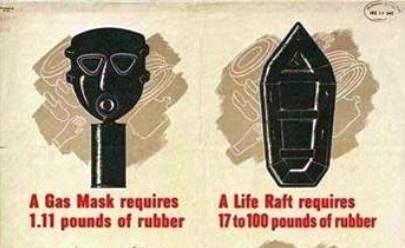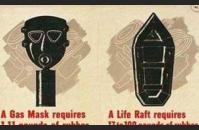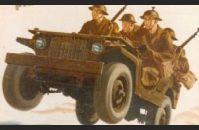RUBBER IN WWII AT A GLANCE:

Image Gallery
Facts About Rubber: A Vital WWII Commodity
- In 1922, scientists seeking to develop better automobile antifreeze accidentally produce the first synthetic rubber—called Thiokol. It is put into commercial production in 1930.
- In 1923, scientists at DuPont, led by Father (and professor of organic chemistry) Julius Nieuwland of Notre Dame, developed neoprene, an elastic substance derived from divinyl acetylene and sulfur dichloride. Both neoprene and Thiokol are resistant to oil, unlike natural rubber.
- Neoprene goes into full commercial production in 1934 after the Dayton Rubber manufacturing Co., in Dayton, OH, successfully tests neoprene tires.
- In Germany, Hitler spurs German industry to produce a synthetic rubber that will help Germany attain self-sufficiency. From this effort, oil-resistant Buna rubber is developed in the mid-1930s.
- An explosion at DuPont’s neoprene factory halts all neoprene production. Thiokol is found to be an unworkable alternative for tires. U.S. tire manufacturers begin using German Buna rubber.
- Standard Oil Co. of New Jersey, working with the German firm of I.G. Farben, reformulates Buna rubber into Butyl rubber, which holds air 13 times better than natural rubber, and resists aging, weathering, chemicals, moisture, and tearing.
- In 1940, Franklin Roosevelt, calling rubber a “strategic and critical material,” creates the Rubber Reserve Company (RRC), to stockpile natural rubber and regulate synthetic rubber production. Firestone, B.P. Goodrich, Goodyear, and U.S. Rubber agree to work together to solve the nation’s wartime rubber needs.
- As Japan moves to conquer Southeast Asia, 90% of the world’s natural rubber suddenly becomes unavailable to the United States.
- During the war, Americans are encouraged by the government to conserve rubber, contribute to scrap rubber drives, and abide by rationing regulations for tires, shoes, and other rubber products.
- In 1940, only .4% of the rubber used by American companies was synthetic. Production of one type of synthetic rubber increased in the U.S. during the war from 3,721 tons in 1942 to 756,042 tons by 1945. By 1950, the use of synthetic rubber outpaced natural rubber. Today more than 70% of rubber production utilizes synthetic rubber.
Download a printable version of this At A Glance
TAKE ACTION:


EDUCATION PROJECTS:
Student Travel – WWII Educational Tours
High school and college students, learn the leadership principles that helped win WWII on a trip to France or during a weeklong residential program in New Orleans. College credit is available, and space is limited.
See You Next Year! HS Yearbooks from WWII
Collected from across the United States, the words and pictures of these yearbooks present a new opportunity to experience the many challenges, setbacks and triumphs of the war through the eyes of America’s youth.
The Victory Gardens of WWII
Visit the Classroom Victory Garden Project website to learn about food production during WWII, find lesson plans and activities for elementary students, get tips for starting your own garden and try out simple Victory Garden recipes!
The Science and Technology of WWII
Visit our new interactive website to learn about wartime technical and scientific advances that forever changed our world. Incorporates STEM principles to use in the classroom.
Kids Corner: Fun and Games!
Make your own propaganda posters, test your memory, solve puzzles and more! Learn about World War II and have fun at the same time.






